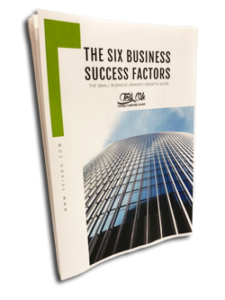Leadership Vs Management
 Harvard Business School change management guru John Kotter outlines the fundamental differences between Leadership and Management as follows:-
Harvard Business School change management guru John Kotter outlines the fundamental differences between Leadership and Management as follows:-
– Establishing direction vs Planning & Budgeting
– Aligning people vs Organising and staffing…
– Motivating & inspiring vs Controlling & Problem-solving.
In Kotter’s view, while management produces an order of predictability, order, and the capacity to attain desired short term targets, the qualities of Leadership prodeuces change, often to a dramatic degree and often potentially useful change to create a future vision.
In my consulting, I use my own process called vision-driven planning, first creating a vision for the group (in great detail, to the degree that it is internally viable and credible) which is then quantified through a Balanced Scorecard approach (“If we were to achieve our vision, how must we look and behave in the area of…”). The quantification of the vision is converted into Performance Measures, and then these are redirected as Strategies. Read More


 He believes that can only be achieved if the organisation and its leadership demonstrate some fundamental behaviour that point to resilience.
He believes that can only be achieved if the organisation and its leadership demonstrate some fundamental behaviour that point to resilience.
 Teik Oh
Teik Oh Do you want to grow a successful business that you can look back and be proud of?
Do you want to grow a successful business that you can look back and be proud of?
No comments yet.
Add your comment